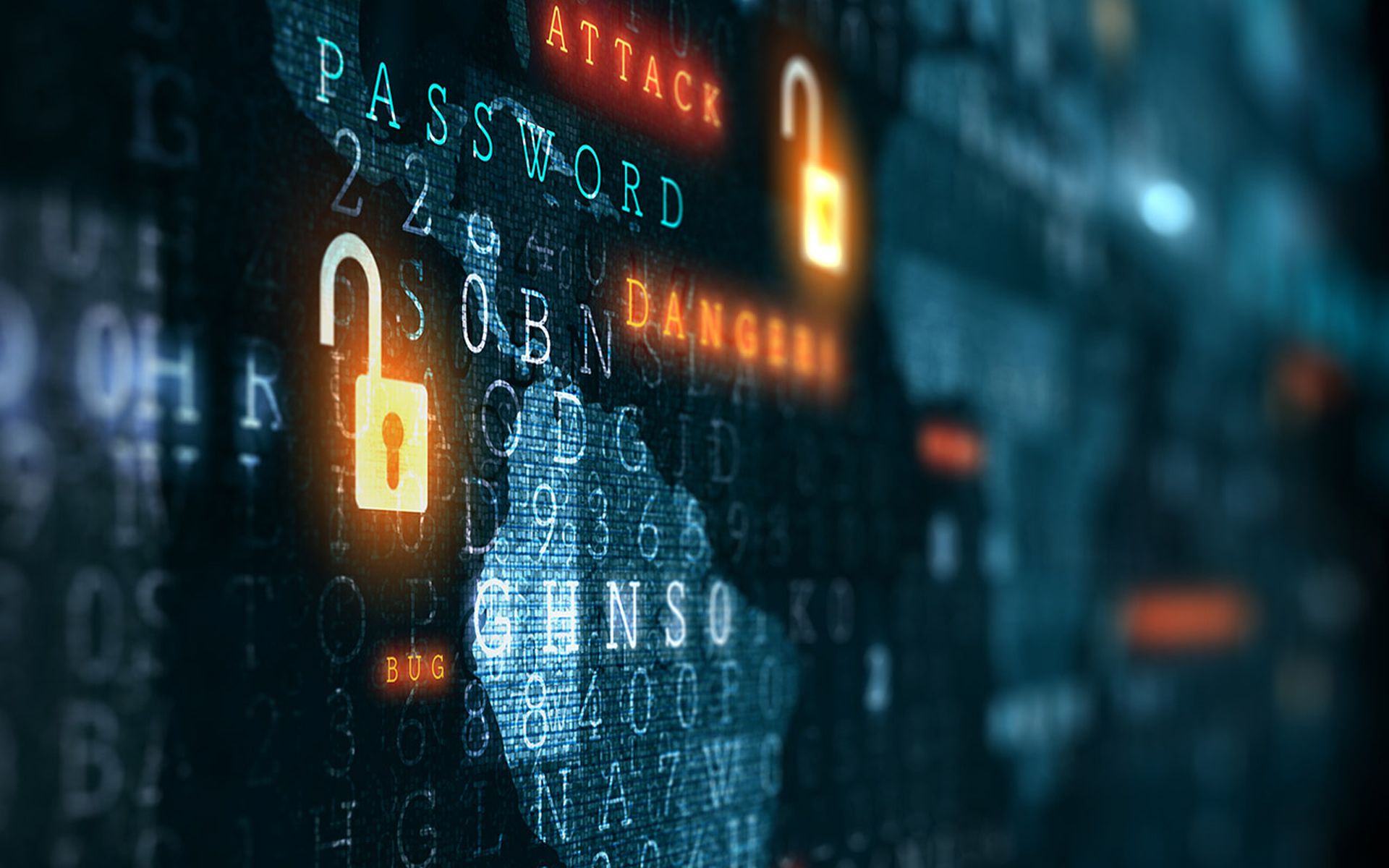
The recent surge in cyberattacks targeting financial institutions marks a significant escalation in the threat landscape, a development that has intensified scrutiny on cybersecurity measures, and also raised pertinent questions about regulatory responses.
February’s attack on Bank of America, facilitated through a third-party service, underscores the intricate web of vulnerabilities that financial organizations navigate in an increasingly interconnected digital ecosystem.
This incident, particularly noteworthy for the involvement of the notorious LockBit ransomware group, exemplifies the sophisticated and relentless nature of advanced persistent threats (APTs) facing the financial sector. It’s even more of a threat because even with the recent takedown of LockBit, the gang has resurfaced and LockBit customers still have access to its ransomware.
LockBit's recent activities, including attacks on Planet Home Lending and now Bank of America, reveal a trend of APT groups honing their focus on financial institutions. Financial companies are treasure troves of sensitive financial data, making them prime targets for ransomware attacks that can yield significant financial gain and disrupt critical services. LockBit's modus operandi, which includes leveraging third-party vulnerabilities to infiltrate their primary targets, reflects a broader shift in cybercriminal tactics. It underscores the need for a holistic security approach that encompasses not only direct but also indirect avenues of potential compromise.
The implications of these attacks are far-reaching. Beyond the immediate operational disruptions and financial losses, they erode trust in the financial system and can have a chilling effect on the economy at large. Moreover, they highlight the critical need for robust cybersecurity frameworks that can adapt to the evolving threat landscape.
The growing impact of the new SEC rule
In this context, the new rule proposed by the Securities and Exchange Commission (SEC), requiring publicly-traded companies to disclose material cybersecurity incidents within four days, represents a pivotal development. This regulatory shift will have significant implications for the industry, fundamentally reshaping how financial organizations address cybersecurity risk management and disclose incidents.
The new SEC rule presents a double-edged sword. On one hand, it introduces a much-needed layer of transparency, compelling organizations to promptly acknowledge breaches and take corrective action. This move could enhance collective security by enabling a more rapid dissemination of threat intelligence, allowing other entities to fortify their defenses against similar attacks.
On the other hand, the four-day notification window poses significant challenges. Cybersecurity incidents are often complex and multi-faceted, with the full scope of a breach not immediately apparent. The pressure to disclose an incident within such a tight timeframe could lead to premature or incomplete reporting, potentially sowing confusion and exacerbating the situation. Organizations might also adopt a defensive posture, focusing more on compliance and legal considerations than on effectively mitigating the threat and securing their systems.
Additionally, this rule could inadvertently create a roadmap for cybercriminals. Detailed disclosures of cybersecurity incidents, while beneficial for transparency, could offer malicious actors valuable intelligence on vulnerabilities, attack methodologies, and the effectiveness of certain tactics. This could embolden cybercriminals, leading to an escalation in the sophistication and frequency of attacks.
The impact of the SEC rule on the industry will largely depend on its implementation and the accompanying guidance. For the rule to offer more clarity and effectively bolster cybersecurity, we must complement it with clear guidelines on the type of information disclosed and the criteria for determining the materiality of an incident. It should also offer a framework for protecting sensitive information that could compromise security if disclosed.
The rule presents an opportunity for the industry to adopt a more proactive and collaborative stance on cybersecurity. Financial institutions, regulatory bodies, and cybersecurity firms need to work in tandem to develop standardized reporting protocols and incident response frameworks. Such collaboration could enhance the collective defense against cyber threats and mitigate the potential adverse effects of the disclosure rule.
The rise in attacks on financial organizations, exemplified by the recent LockBit incidents, highlights the urgent need for robust cybersecurity measures and regulatory frameworks that can adapt to the evolving threat landscape. Security leaders at financial intuitions can mitigate risk exposure by doing the following:
- Enhance third-party risk management, crucial to safeguarding against indirect exposure from connected entities.
- Implement rapid response protocols that enable quick containment and mitigation of cyber incidents.
- Strengthen collaboration with other departments, which increases organizational resilience against complex cyber threats
The new SEC rule on cybersecurity incident disclosure offers a step in the right direction, promising greater transparency and accountability. However, its success will hinge on its implementation and the industry's ability to balance the demands of rapid disclosure with the complexities of cybersecurity incident management. As we navigate this new regulatory environment, the focus must remain on fostering a culture of security that can withstand the sophisticated threats posed by APT groups like LockBit.
Callie Guenther, senior manager, cyber threat research, Critical Start




